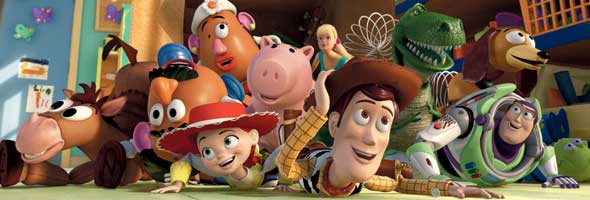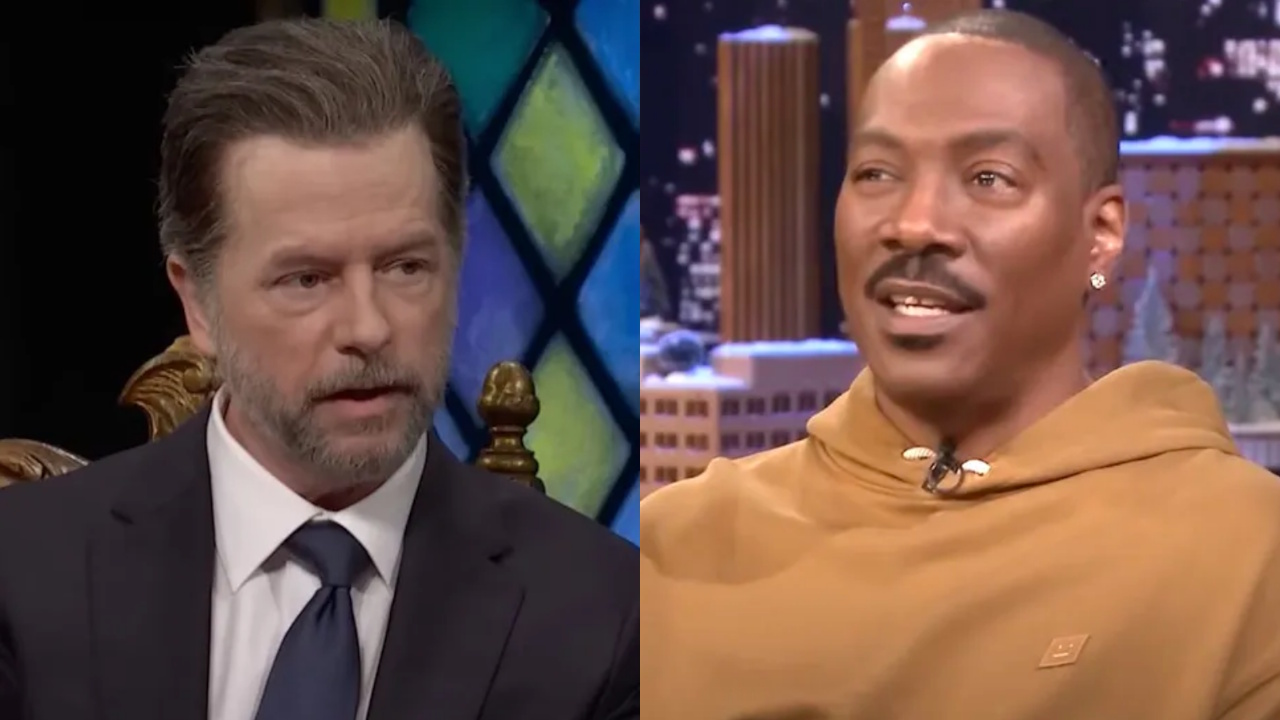By now you’d think we’d have this love thing pretty well defined. Shakespeare seemed to have the emotion, in all its many forms, nailed down nearly five hundred years ago. We know that love can be romantic, passionate, and lustful, the way it is when you’ve fallen for someone new. Love can be protective and patient, as it is between a parent and a child. Love can be loyal and true, dependable and kind, the way it is between close friends. After thousands of years as a species there shouldn’t any surprises left inside the heart of mankind, but I think Pixar has discovered something Shakespeare missed.
In Toy Story 3, a story that’s been decades in the making finally comes to completion, and culminates not in a fight scene or a stirring speech, but in what feels like a new kind of love. The Toy Story franchise ends in a few perfect moments, a final goodbye, a last expression of that new, heart-wrenching feeling. What do I call this lump in my throat? Can we really love an inanimate object as truly as Andy seems to love Woody? Can an inanimate object love us back? Toy Story 3 makes a rather convincing case for the affirmative. Does it really matter? It feels like it does.
It matters because it isn’t really the toy we love, but what it represents. Toy Story 3 begins not in Andy’s room but inside Andy’s imagination. Woody’s in a race to save the day, and it’s as if he’s been launched straight into the wild west. There’s a train robbery, a desert cliff, and a race against time. For a few beautiful moments, we see what Andy sees when he plays with Woody, the worlds his cowboy pal unlocks, and the places that takes him. And it’s imagination that Pixar loves, and imagination that we’ve fallen so desperately in love with over the course of these films. Yet it’s even more than that here. Toy Story 3 takes it even further, it’s a movie in love with life, and the memories of life, and all the heartaches, and changes, and beautiful, wonderful, happy times that happen and the ways in which they’ll never be forgotten.
Happiness can’t last forever, if it did, it wouldn’t seem as happy. Andy has grown up and in the process he’s outgrown his toys. Some of them have been lost along the way and the few toys that remain in his all but forgotten toy box are no longer brought out for play. They understand. So as Andy prepares to leave home for college the toys that remain prepare for a retirement to the attic, hoping for a new life some day when they’ll play with Andy’s kids. There’s something effortlessly beautiful in that notion. Woody is determined to be there for Andy, even if being there for him means waiting, and waiting, for decades in an attic. He’ll do it, happily, and never ask for anything in return.
Of course things don’t go as planned and the few toys Andy has left are accidentally donated to a daycare center. Director Lee Unkrich and his team use it as an opportunity to go creatively and wonderfully nuts. The daycare center presents a whole host of opportunities for new toys and new ideas. Dozens and dozens of new characters are introduced and handled perfectly. Chief among them is Lotso, a plush, huggable bear who smells like strawberries and seems to be in charge. His lieutenant is a Ken doll, who denies that he’s a toy for girls and seems to be unaware that he was only made as a complement to Barbie. Wherever Ken goes he’s the star in his own movie, and in the process the most infamously neutered toy of all time becomes Pixar’s funniest character since Mike Wazowski.
In the previous two movies we saw what happened when the toys were separated from Andy: ever loyal they fought to get back. Toy Story 3 introduces something wholly new into the equation though and lets them wonder whether they should go back, when there’s no one to go back to. Now much depleted in numbers, Andy’s toys seem more developed than ever before. Woody’s the movie’s star, but you’ll get to know characters like Hamm and Mrs. Potato Head better than you ever have before. That seems wholly appropriate, in a movie that feels as more like a loving goodbye to something special and magical, than just another new adventure.
What I’m getting at here is that the story of Andy’s toys is as heartfelt and wonderful as ever. Because Pixar has let these characters age, and let their world age, it feels like we’re connected to them, like they’ve been an intimate part of our lives all along. In Toy Story 3 we see them in what appears to be their twilight, and it’s beautiful. It’s too beautiful, too much to encompass in any one film review. We need new words for these emotions, this new kind of love. It’s always been there of course, but it’s never been as clearly defined, as succinctly expressed as it was for a couple of hours in a darkened theater tonight, while a group of people sat together and tried not to look like they were going to cry over the depiction of a few pieces of plastic.
Your Daily Blend of Entertainment News
As a rule of thumb any sequel must be bigger than the last one. In Hollywood bigger usually means more stunts, grander stakes, and even more epic locations. For Toy Story bigger has always meant bigger feelings. I walked out of Toy Story 3 feeling as if my heart was too full, as if at any moment it would burst. Pixar has already given us two utterly perfect Toy Story movies, yet this may be the best one yet. I love you Buzz. I love you Woody. You’re more than plastic, to me.


